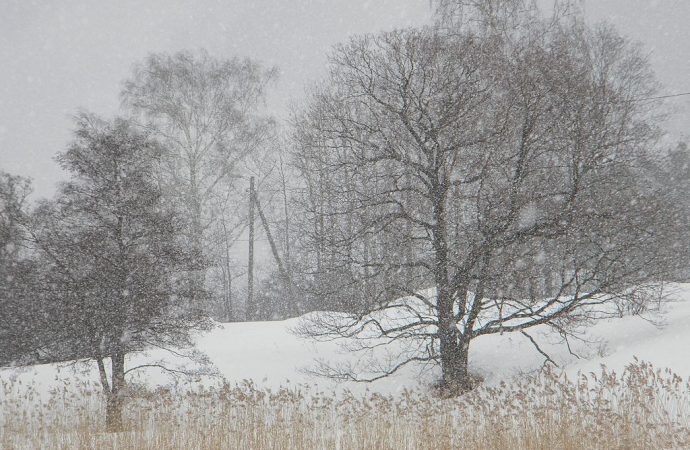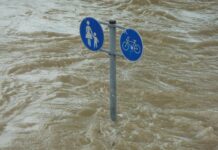March 15th, 1941, North Dakota: “It was a beautiful day: the sun was shining and the snow was melting”. It would be hard for Charles Gehrke, a 10 years-old boy at that time, to imagine that the most severe blizzard of the century to strike the region would take away his grandfather’s life on that day. Charles’ grandfather was heading to his farm when violent winds started blowing. His body was found less than 100 meters away from his house after he had struggled to follow the fence that would lead him home.
Like Charles’ grandfather, many people were caught off guard by the sudden change in the weather conditions. The region awoke with a little taste of the springtime that was about to come: the day was cold but shiny, and the snow was melting. For Noth Dakota residents, it looked like the perfect day to be out of their houses and forget the chill winter and the bombs blowing up all over Europe.
Out of nowhere, a violent wind
The weather forecast predicted snow precipitation and low temperatures for that night. But there were no mentions of an aggravation of the climate conditions and let alone a blizzard warning. No one could possibly expect that the temperature would drop 20 degrees in less than 15 minutes. The wind started to blow furiously, reaching more than 120 km per hour. Those who wanted to get out of their houses faced 3-meter-high snow walls. Years later, survivors of the storm still recall how the fast winds and the intense snow came out of nowhere and slammed the Red River Valley region.
Many people were traveling in their cars when the storm hit. Those who left their vehicles, looking for a safe place to hide, were pulled away by the fast-blowing winds and found days later, frozen to death. That is probably why many people will certainly have the same piece of advice for you: no matter what happens, if you are caught in a blizzard, never leave your car.
How is a blizzard formed?
In that day, the snowfall created a mass of cold air. That cold air mass then met a mass of warm air. For this to happen, the air needs to be below freezing and the atmosphere has to have a lot of moisture. When the mass of warm air rises, it creates a pressure differential as it cools and falls down to earth. Powerful winds are the result of this pressure differential and they blow away the snow that is falling or that is already on the ground, causing an abrupt reduction of visibility.
If this would have happened today, weather experts would have been aware of the phenomenon and a blizzard warning would have been immediately emitted. People would be advised to stay inside or, if caught while driving, to say in their vehicles and warm up the motor from time to time.
How did it change weather forecasting?
However, the weather forecasting was different those days. The weather reporting in North Dakota and Minnesota was under the control of the Chicago meteorology office. Following The Ides of March Blizzard episode, severe criticism was thrown at the actuation of the Chicago weatherman, who were far more concerned about the local weather conditions than with what was happening in North Dakota or Minnesota. The storm pushed a change in how the US Weather Bureau handled blizzards warnings and watches and the weatherman from the Red River Valley region were allowed more autonomy and control over the local weather conditions.
In 1966, another violent blizzard hit the region. But, at that time, weather reporting and radio emission were far more advanced than they were 25 years earlier. Several warnings were put out and the number of mortal victims wasn’t even close to the 151, the number of people who lost their lives in the Ides of March Blizzard.
References:
Stommel, H. (1966). The Great Blizzard of ’66 on the Northern Great Plains Weatherwise, 19 (5), 188-207 DOI: 10.1080/00431672.1966.9930525
Potter, S. (2005). Name That Storm: From Blizzards To Tornado Outbreaks, There Is More Than One Way To Play The Storm Name Game Weatherwise, 58 (1), 24-29 DOI: 10.3200/WEWI.58.1.24-29
Grandforksheral.com – 75 years later, survivors recount the nightmare that was the Ides of March blizzard
History.com – Blizzard unexpectedly hits North Dakota and Minnesota
Sciencing.com – Blizzards formation
Photo credit: The WeatherNut





